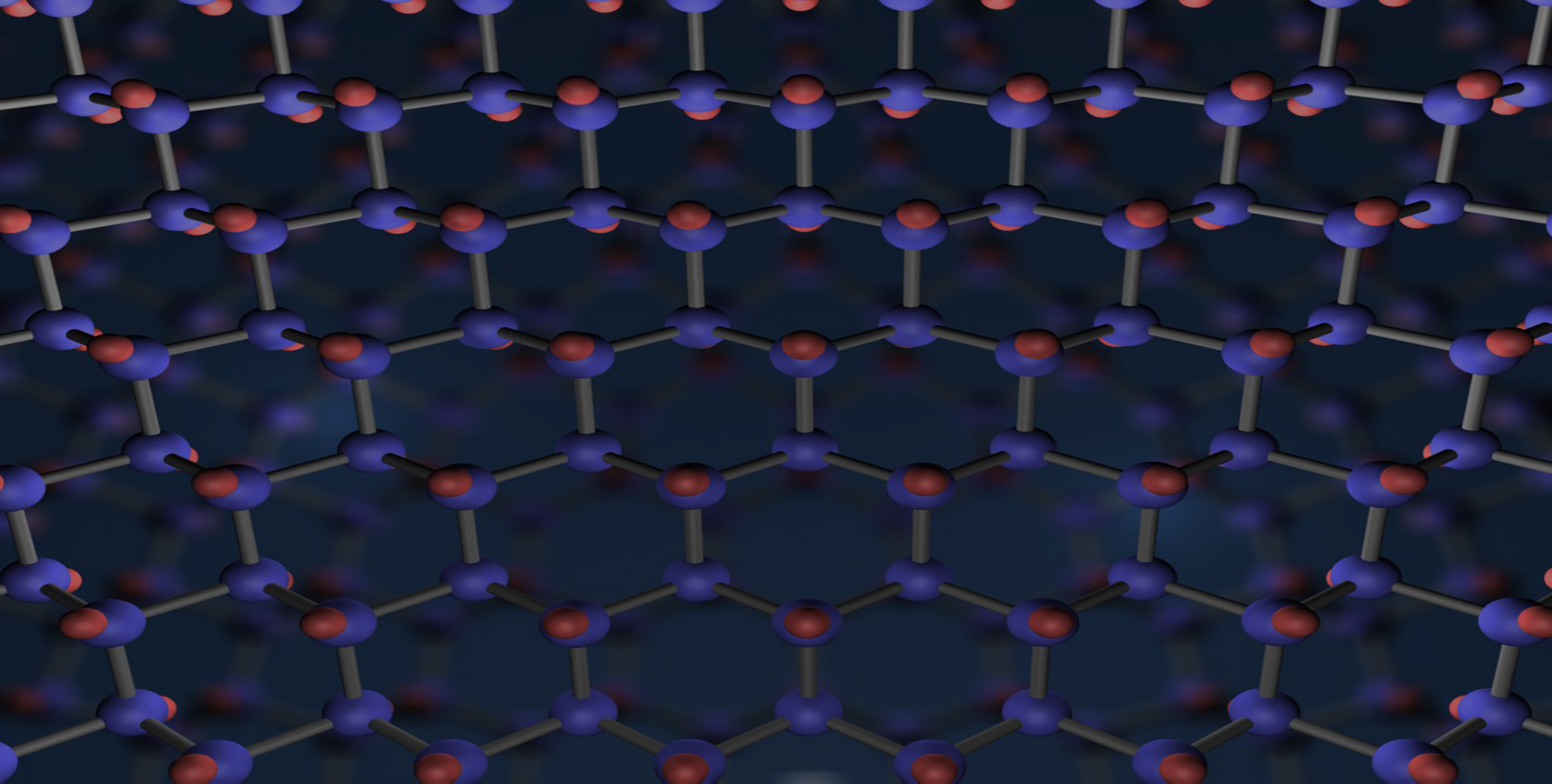The capability to select high radio-pure carbon is a key topic for the Relic neutrino program. Also this would allow a light DM detection program.
The connections that have been established with Princeton University will allow to exploit the know-how gathered by the Dark Side collaboration in extracting high radiopure CO2 from underground site in contact with Earth mantle. Once the ultra-pure CO2 has been extracted a dedicated process line must be set up to prevent contamination at the level of purity we aim at achieving, (10-21 – 10-18 14C/C). Equally relevant is to establish a process to transform CO2 in compounds (typically CH4 or other hydrocarbon) that can be used in the production of large scale graphene monolayers and/or nanotubes. We plan to investigate a method to produce CH4 from pure CO2 based on catalytic metallic surfaces. This relies on a known technique used to produce energy from CH4 called ‘methane cracking’: in this process methane (CH4) is dissociated in its molecular components, hydrogen (H2) and carbon (C) at high temperatures (750°C and above) without emission of CO2.
The whole process from CO2 to C is of interest also in the field of greenhouse reduction on Earth by means of CO2 reduction in the atmosphere.
In order to assess the level of radiopurity of the C – graphene nanoribbons and carbon nanotubes (CNT) will be grown out of a precursor gas coming from this ultra-pure CO2 This will allow to have a denser and active object to ease the study of the beta emission of 14C
In particular, the Roma group has developed the expertise to grow dense and aligned CNT with a CVD technique (currently in collaboration with the Trieste CNR lab and in the next months at INFN Roma)
This would also allow to pursue the other goal of this WP, namely: the development a detector sensitive to electrons scattered from Galactic dark matter particles with a mass in the sub-Gev range. This technique will also provide a directional information on the DM particle,
A two-fold strategy on detector development will be put in place, i.e. develop the dark-PMT concept based on a aligned carbon nanotube (CNT) cathode and a GFET-based detector based on graophene nanoribbons.


